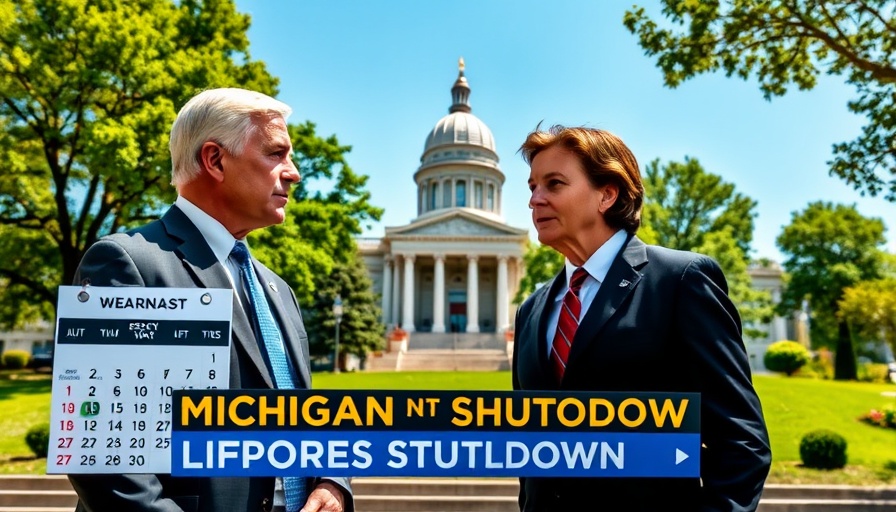
Billions Unlocked: A New Era for Michigan Education
In a significant move driven by legal pressure, the Trump administration has unblocked nearly $6 billion in education funding, much to the relief of educators and school districts across Michigan and beyond. This decision comes after multiple state lawsuits claimed the freezing of these funds was illegal, sparking discussions about education priorities amid political maneuvering.
In 'Billions in education funding unfrozen after several state lawsuits,' the discussion dives into the impact of restored funding on Michigan schools, inspiring a deeper analysis of its significance for the community.
The Ripple Effect of Legal Action on Education Funding
Several states united in their legal challenge against the federal government, highlighting a sense of urgency surrounding educational programs that rely heavily on these funds. Following the unfreezing of the funds, educators have expressed hope that essential after-school programs, professional development initiatives, and basic operational costs for schools will be restored. The impact of this funding is poised to directly affect thousands of students in Michigan, where educational resources continue to be strained.
Quality Education at Risk: The Bigger Picture
Michigan's education system has faced considerable challenges over the years. Reports indicate that only about 27% of eighth graders demonstrated proficiency in math and reading during recent assessments. Such statistics raise alarms about the state’s educational outcomes and the urgency for effective use of available resources. The resumption of funding could mean a lifeline for many programs that cater to underserved communities, aiming to improve educational equity.
Diverse Perspectives: Educators and Politicians Weigh In
The reaction to the funding freeze and subsequent restoration has been diverse. Educators like Sherry Gay-Dagnogo assert that the stalled funds caused unnecessary disruptions, jeopardizing the educational planning and budgeting processes that coincide with the academic calendar. On the other hand, some political figures have defended the administration's initial freeze as part of an effort to reevaluate how education funds are allocated, although it raises questions about accountability and effectiveness.
Political Climate: Education as a Battleground
This unfreezing act is not just a bureaucratic move; it showcases the deep political divides surrounding education funding. The discussions around these funds offer insight into broader themes of governance, party lines, and the essential role that education plays in societal development. As politicians grapple with competing interests, the focus often shifts from children's educational needs to the optics of political victories.
Looking Ahead: What This Means for Michigan Schools
Now that the funds are available, the real challenge will be how they are utilized. Stakeholders must ensure these dollars enhance educational outcomes rather than merely sidestep deeper structural issues. Institutions that have historically been underfunded must find ways to innovate using the newly freed funds, aligning them with long-term goals of improved educational quality.
Action Steps: Holding Leaders Accountable
Katherine Morgan emphasizes the importance of community involvement in ensuring that these funds translate into meaningful improvements in Michigan's educational landscape. Residents are encouraged to stay informed about what these funds will be used for and actively engage with local school boards and state representatives. This is vital not just for immediate educational benefits but also for fostering future leaders and informed citizens.
A Community Effort: The Role of Local Support
Support from the community can take many forms—whether through volunteer programs in schools, participation in local education forums, or advocacy for policy changes at the state level. Such initiatives can create a supportive network for schools and students, ensuring that the impact of restored funding resonates positively throughout the community.
In the wake of this education funding decision, it's crucial for Michiganders to reflect on how they can contribute to a more equitable education system. Educating ourselves about the implications of these financial shifts is a stepping stone toward advocating for our schools effectively. Let us engage, question, and participate in shaping a narrative that favors our children’s future.
 Add Row
Add Row  Add
Add 



Write A Comment